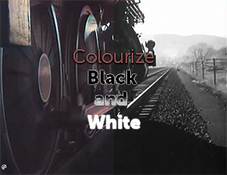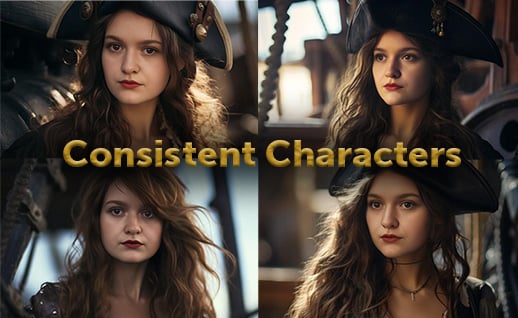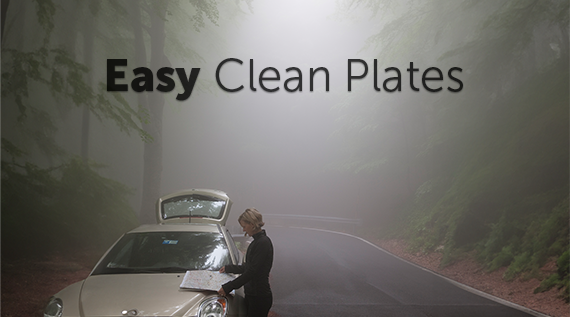The best rule to follow when filming street scenes with artworks? Don’t do it. Okay, it’s not that dire. You can shoot artwork, but you need to be very, very careful … In the last of our four-part series on shooting commercial stock in public setting, rights and releases manager Pamela Haskell turns her attention to street art.
Street art is art too
If you’re going to shoot any kind of artwork, you need explicit permission from the artist and a signed art release, or the clips will be automatically set to “editorial use only.” The art release is similar to a model release because it allows the image of an artwork to be used for commercial purposes — and that includes uses that imply the artwork is associated with the company licensing the image.
Just as people have the right to control the way their image is used, artists have the right to restrict how their artwork is used and to control any associations and endorsements. As you can imagine, a professional artist is likely to be leery of giving up too much control over their art. If you aren’t able to get an art release, it’s best not to shoot a scene with artwork at all.
With that in mind, shooting street art is simple: street art is art, and the artist gets to control how their art is used. You cannot film street art and sell the footage commercially without the artist’s permission. But, as ever, it’s not quite that simple. The complications come in determining the differences between street art from an identifiable artist, and simple graffiti or tagging, which is practically anonymous and not distinctive enough to warrant protection. And then there is the public nature of street art — can you film a commercially usable street scene that includes street art?
From tags to murals
Tags are the most common type of graffiti you’ll find while filming. They’re like signatures, a quick mark that can be made in just a few seconds. You’ll rarely see just one, instead they tend to cluster in dozens as people add their names to popular spots.
A building is covered in typical tags but none of them is terribly distinct.
While each tag is unique, you don’t have to worry too much about filming scenes with visible tags. A clip with a tagged wall is a little like a crowd shot: the footage becomes about the group, and each individual tag is just part of the crowd. In addition, the majority of tags are not considered artworks in their own right.
Other graffiti is more distinctive than a scribbled tag but is still fine to film for commercial footage. As long as you position your shot so the graffiti is one element of the scene, there’s no need to worry about the individual graffiti pieces.
The graffiti in this clip is prominent but not distinctive enough to warrant copyright concerns. The juxtaposition of the graffiti, the overgrowth, and the abandoned bobsled track makes this clip distinctive, rather than a focus on a single piece of graffiti.
Street art is more distinctive and usually more technically demanding than a simple tag or sprayed name. When it comes to street art, it’s much more difficult to film a scene without violating the artist’s copyright on their work. These artists have distinctive styles, use recognizable design elements, and their work often has an international reputation. That it’s in a public area, ephemeral, and often put up without official permission doesn’t lessen the artist’s rights to their artwork. If you’re filming an area with a distinctive piece of street art, wide shots or framing that reduces its prominence may be your only options.
The wall-size scale of this mural allows for detail shots like this one. The area shown is unrecognizable, so this shot can be used commercially. However, if the camera panned or zoomed out to show more of the mural, an art release would be required.
For a crash course on street art, check out The Wooster Collective. You’ll be amazed.
Unconventional art
Keep in mind that copyright protection and artist’s rights extend to all kinds of non-traditional art. Tattoos are often overlooked, but they’re actually similar to street art. Simple, popular, and generic tattoos aren’t a problem, but distinctive, custom-designed pieces are the intellectual property of the artist.
So if your model has an amazing tattoo and you’ve never seen anything like it, cover it up. Apply these guidelines to T-shirts, jewelry, signage, interior design, and similar creative works, and your footage will be clearly commercial, easier for clients to use and more sellable all around.
Read the rest of the series.
Dissolve Premium (dissolve.com) has been the go-to for quality stock footage and photos by the world's top creative agencies and production houses. Some of the best filmmakers and stock producers from around the world are with Dissolve — our rapidly growing collection of unique, compelling footage is a testament to that. In addition to our quality stock footage and photography business, we launched Dissolve Creators (dissolve.com/creators/community). A platform for photographers, filmmakers, producers, and designers to connect and share their work as free downloadable content. We offer these creatives (amateur or pro) a bridge to our clientele, gig opportunities, networking opportunities, as well as our knowledge of the stock industry.
.png)
.png)
.png)




